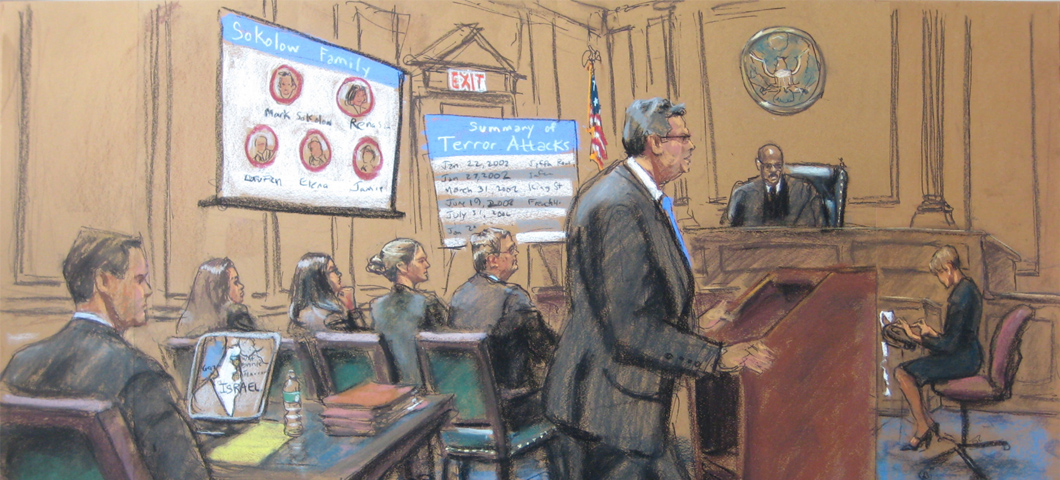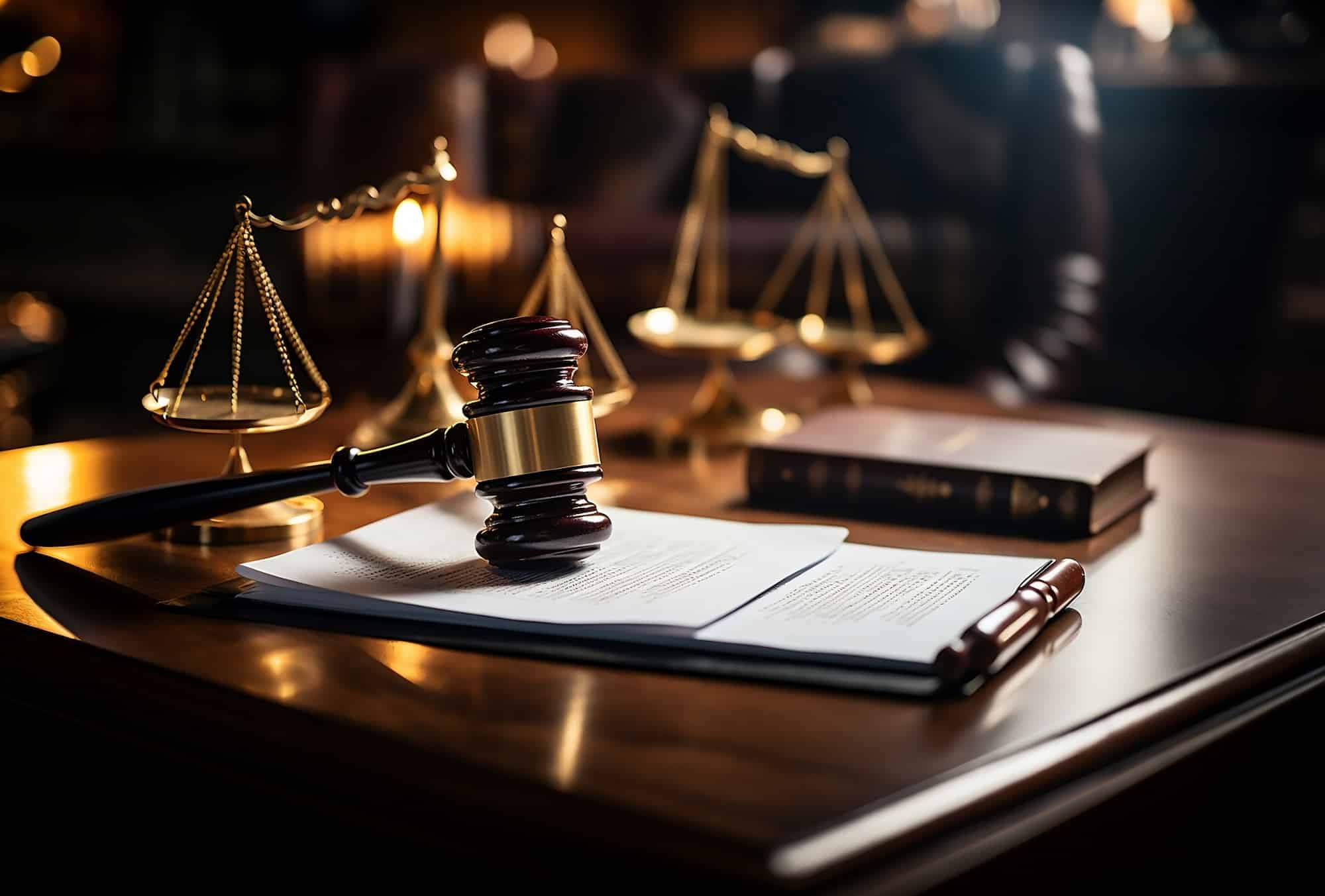The Duty of Aesthetic Aids in Effective Trial Presentations: An Overview for Attorneys
Browsing the Intricacies of Test Presentations: Tips for Seamless Distribution and Compelling Arguments
In the realm of legal process, the art of test presentation stands as a crucial factor of success. The complexities inherent in test discussions call for a fragile equilibrium of skill, ability, and approach.

Understanding Test Goals
To effectively navigate a test, it is important to have a clear understanding of the objectives that need to be attained. Prior to tipping into the court, legal groups must define their goals and wanted end results. These objectives work as directing principles throughout the trial, forming techniques and influencing decision-making processes.
Comprehending trial goals involves a thorough analysis of the case, legal criteria, and the client's benefits. Trial Presentations. It requires a meticulous evaluation of the facts, determining vital concerns, and preparing for possible challenges. By establishing details and measurable objectives, lawyers can customize their presentations and arguments to line up with the preferred outcomes
Moreover, a clear understanding of trial goals makes it possible for lawful teams to prioritize proof, witnesses, and legal disagreements effectively. It permits the development of a systematic story that reverberates with the judge and jury, reinforcing the total situation presentation.

Organizing Proof Successfully
Having a clear understanding of trial purposes lays the structure for organizing proof successfully in legal process - Trial Presentations. By lining up the presentation of proof with the desired results of the test, lawful teams can reinforce their debates and improve their persuasiveness. One essential facet of organizing proof is categorization. Organizing evidence based on styles or significance to specific legal components can aid simplify the presentation and make complex details a lot more digestible for the court or jury.
An additional secret element in arranging evidence successfully is establishing a sensible flow. Providing evidence in a meaningful and sequential fashion can help develop an engaging narrative that sustains the legal disagreements being made. Additionally, utilizing aesthetic aids such as graphs, charts, or timelines can better enhance the organization of proof and assist in clearing up intricate relationships or sequences of occasions.
Furthermore, making sure that all proof presented is acceptable and pertinent to the situation is essential. Unimportant or inadmissible proof can detract from the strength of the disagreement and possibly damage the reliability of the providing event. A careful evaluation and option procedure need to be taken on to consist of just the most legitimately audio and impactful proof in the test discussion.
Crafting Convincing Narratives
Crafting compelling stories plays an essential role in offering convincing arguments throughout legal proceedings. When building a narrative for a test presentation, it is essential to develop a clear storyline that highlights vital points and attaches them in a meaningful manner. By weaving with each other evidence, statement, and legal disagreements into a natural and persuasive story, lawful experts can properly promote for their customers and enhance the chance of a beneficial end result in the courtroom.
Understanding Visual Help
Reliable use aesthetic help is essential to improving the influence and clearness of test discussions. Visual aids, when made use of strategically, have the power to simplify intricate information, reinforce bottom lines, and leave a long lasting perception on the court and jury. To master visual help in test presentations, it is important to make certain that they are clear, succinct, and relevant to the disagreements being made.
When integrating aesthetic help, such as charts, timelines, photographs, or graphs, right into a test discussion, it is necessary to keep them visually appealing yet professional. The visuals ought to match the verbal disagreements, supplying an aesthetic depiction of the details being reviewed without frustrating the target market with unneeded information.
In addition, official site exercising with the aesthetic help ahead of time is essential to guarantee a seamless delivery during the test. Acquainting oneself with the web content, changes, and timings of each aesthetic aid can assist maintain the flow of the presentation and prevent technological problems that might occur.
Providing Impactful Closing Arguments
A compelling closing debate serves as the end result of a trial discussion, encapsulating the core story and convincing the court and jury in the direction of a beneficial choice. Begin by describing the major arguments that sustain your client's setting, emphasizing why the proof offered throughout the test supports your narrative.
Moreover, including sob story can even more enhance your closing debate. By humanizing the case and connecting on an individual level with the decision-makers, you can stimulate compassion and understanding, influencing learn this here now their understanding of the realities provided. In addition, reiterating the legal criteria that must be satisfied for a desirable ruling can strengthen the credibility of your placement. Ultimately, a well-crafted closing disagreement must leave a lasting impression, compelling the court and court to regulation in your client's support.
Conclusion
In conclusion, mastering trial presentations includes comprehending goals, organizing evidence, crafting narratives, using visual aids, and providing impactful closing disagreements. By carrying out these methods successfully, attorneys can provide their situation effortlessly and make compelling disagreements in the courtroom. It go to website is important to navigate the complexities of trial discussions with accuracy and ability to accomplish success in legal proceedings.
By aligning the discussion of proof with the preferred outcomes of the trial, lawful groups can enhance their arguments and enhance their persuasiveness (Trial Presentations). To understand aesthetic aids in trial discussions, it is critical to make certain that they are clear, succinct, and relevant to the arguments being made
An engaging closing disagreement serves as the end result of a test presentation, enveloping the core story and convincing the judge and court towards a favorable choice. Begin by describing the main debates that support your client's placement, highlighting why the proof provided throughout the trial sustains your narrative.In verdict, grasping test presentations involves recognizing objectives, arranging evidence, crafting stories, using aesthetic aids, and supplying impactful closing disagreements.